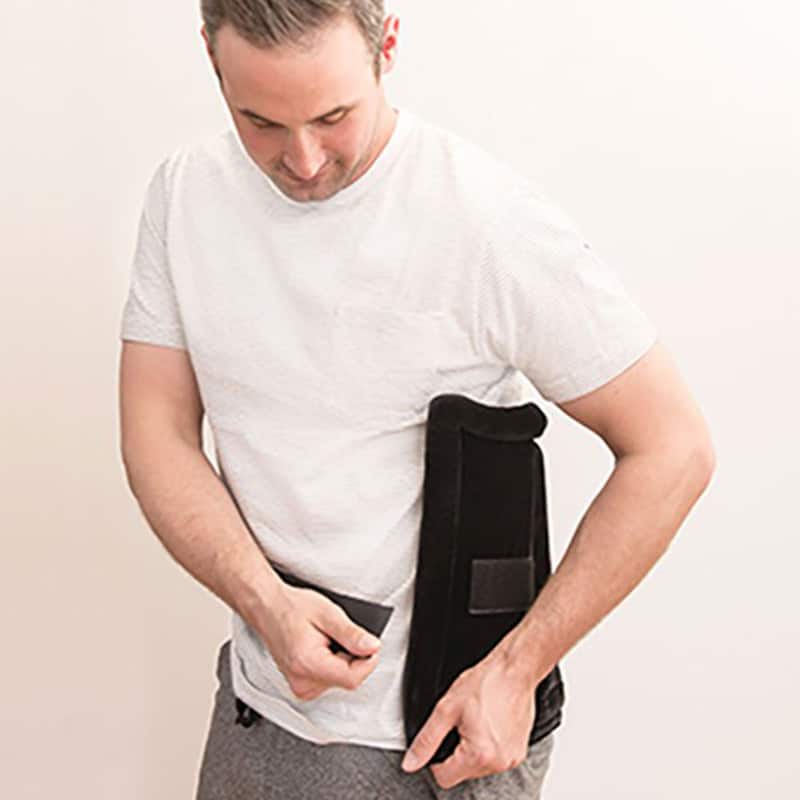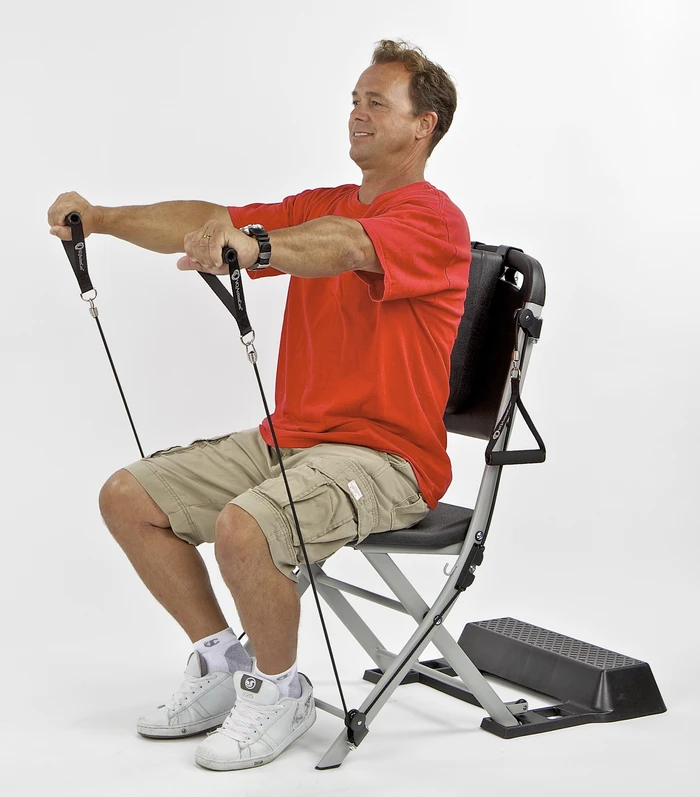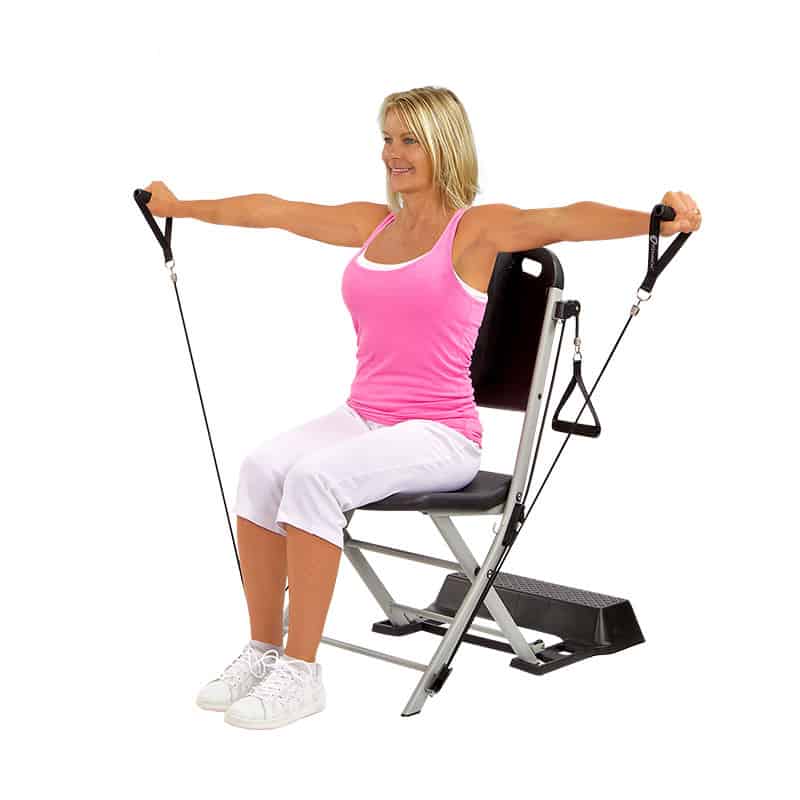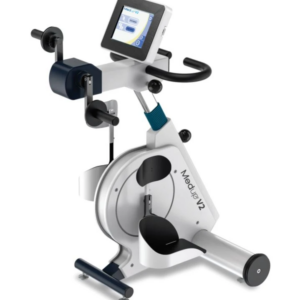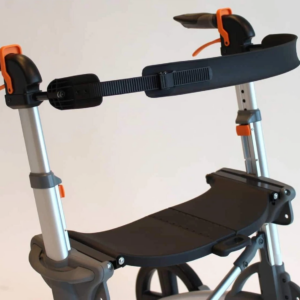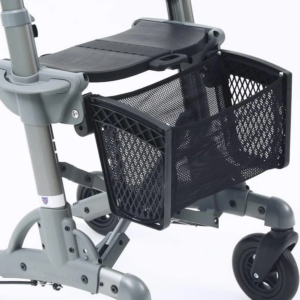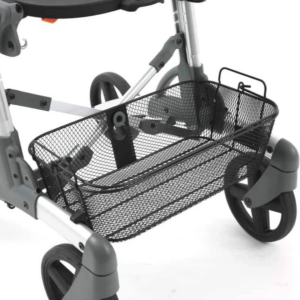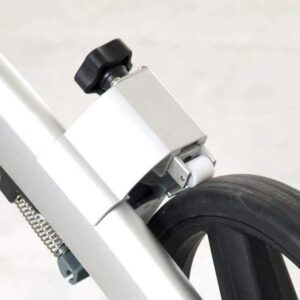While COVID-19 is causing all sorts of stresses, one of the lesser-discussed impacts of the pandemic is the difficulties it is causing for chronic pain management; indeed, some researchers are considering the.potential for a post-pandemic increase in chronic pain.
Whether you have acute or chronic pain now or will find yourself feeling it later, there are a couple of infrared pain-relief products that can greatly alleviate aches, and directly help with muscles, tendons, ligaments and even bones to speed recovery and promote healing.
The products I am referring to are the Thermotex therapy pads and the Genesis pain-relief light.
Thermotex deep-tissue infrared heating pads relieve pain
Thermotex offers a variety of deep-tissue infrared heating pads, including the Platinum, that are designed to relieve pain, promote healing and accelerate rehabilitation.
The radiant heat goes much deeper than other pads, increasing blood flow. Thermotex products are safe, easy to operate, portable and convenient!
Genesis pain-relief light maximizes healing
The Genesis pain-relief light, engineered to provide maximum healing with unparalleled light penetration, alleviates pain, decreases inflammation, accelerates wound healing and leads to improved recovery from ischemic injury.
Compact, portable and easy to handle, this personal-use model can treat a range of ailments, from sports injuries to back pain to carpal tunnel syndrome.
When the therapy pad or the light are used first thing in the morning, both help to decrease muscle stiffness.
When used before exercise, they help muscles better stretch and, when used after a workout, they can help reduce the pain associated with exercising or over-exercising unconditioned muscles.
Both devices can be used at any time to ease any other kinds of aches and pains, too, and also can help with wound healing. They are safe to use a few times a day.
And if you don’t have the ability to feel hot or cold, don’t worry: You will never get burned.

